So löschet der rächende Richter (from Cantata No. 90)
In Furious Anger the Lord will Extinguish
-
Ships in 3 to 4 weeks
Details
Description
SKU: ET.TP126
In Furious Anger the Lord will Extinguish. Composed by Johann Sebastian Bach. Arranged by Stephen L. Glover. Baroque. Duration 1'40''. Editions BIM #TP126. Published by Editions BIM (ET.TP126).ISBN 9790207000903.
Cantata No. 90, "Es reifet euch ein schrecklich Ende, ihr sundichen Verächter, hin" [There ripens for you a dreadful ending, ye sinful scorners], belongs to the first cycle for the liturgical year, that Bach wrote at Leipzig. He had been Cantor at the Thomas-Kirche less than six months when it was first performed on November 14, 1723. The Epistle reading for this Twenty-fifth Sunday after Trinity is Thessalonians I, iv, 13-18, and the Gospel reading is Matthew, xxiv, 15-28. The anonymous cantata text concentrates on horrible visions during the period before the Last Judgement, and Bach's musical setting, though brief, is powerfully expressive.
The opening aria, for tenor, strings, and continuo, is followed by an also recitative. The present bass aria is the third movement, and adds a florid trumpet part to the two violins, viola, and continuo. Following a short tenor recitative, a simple chorale with a remarkably chromatic harmonization closes the cantata.
Though there is no specification of instruments in the original manuscript, the trumpet is clearly demanded by the style of the bass aria and by the scripture reading of St. Paul's prophecy (verse 16 of the Epistle, "For the Lord Himself shall descend from heaven with a shout, with the voice of the archangel, and with the trump of God: and the dead in Christ shall rise first"). Whether the trumpet was also used to double the melody in the chorale movement is a matter for conjecture. If so, it would likely have to be of the Zugtrompete variety.
For the present bass aria, only the usual trumpet would be required, except that B-flat is seldom used as a key in baroque trumpet pieces. Bach prescribed a B-flat trumpet as an obbligato instrument for only two other arias: in Cantata No.5 (first performed on October 15, 1724) and in Cantata No. 46 (on August 1, 1723). Aside from the general time of composition, several similarities exist among the three arias, not the least of which is that they all feature bass soloists. Both Cantatas Nos. 5 and 46 open with choruses and close with chorale movements specifying "tromba da tirarsi" in C, but only in Cantata No. 46 would the aria as well seem to require a slide trumpet in B-flat. It is likely that, in all cases, a C trumpet was crooked down to B-flat, although a rare example of a trumpet actually built in B-flat by Friedrich Ehe is preserved in the Nürnberg collection.
Henry Meredith.
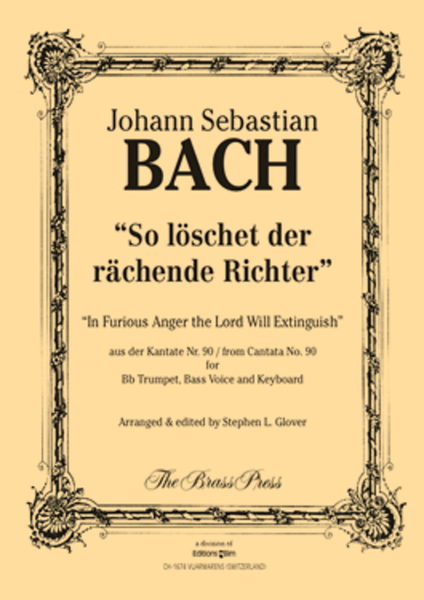
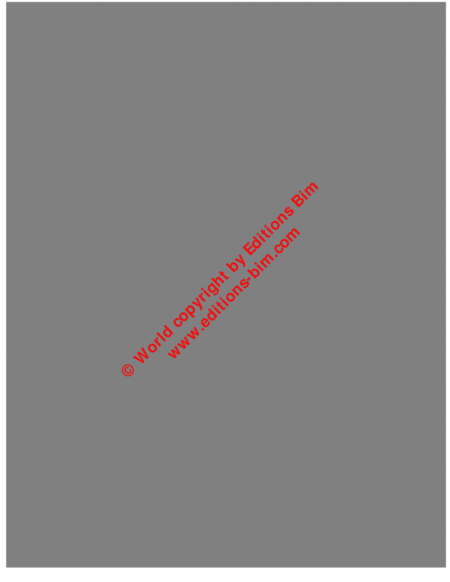
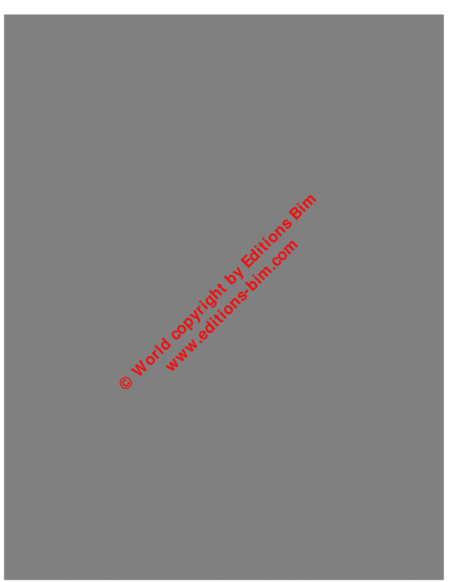
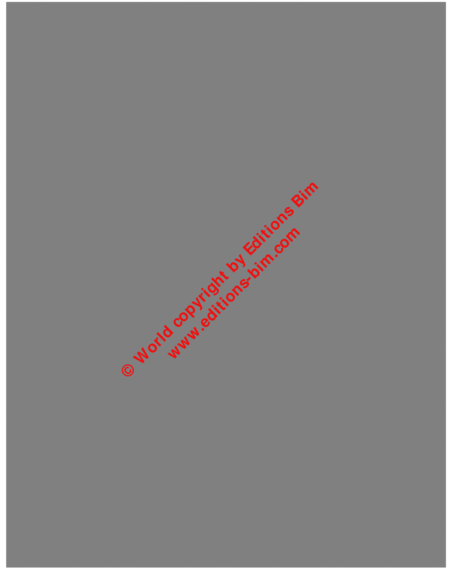
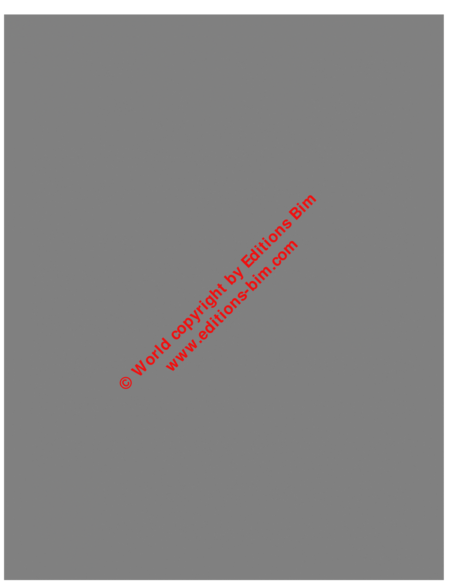
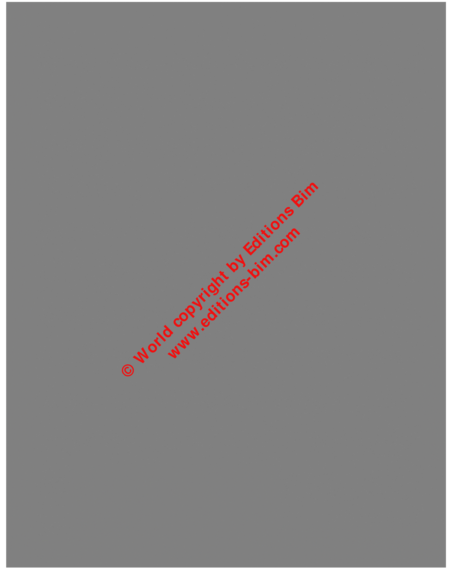
 Share
Share